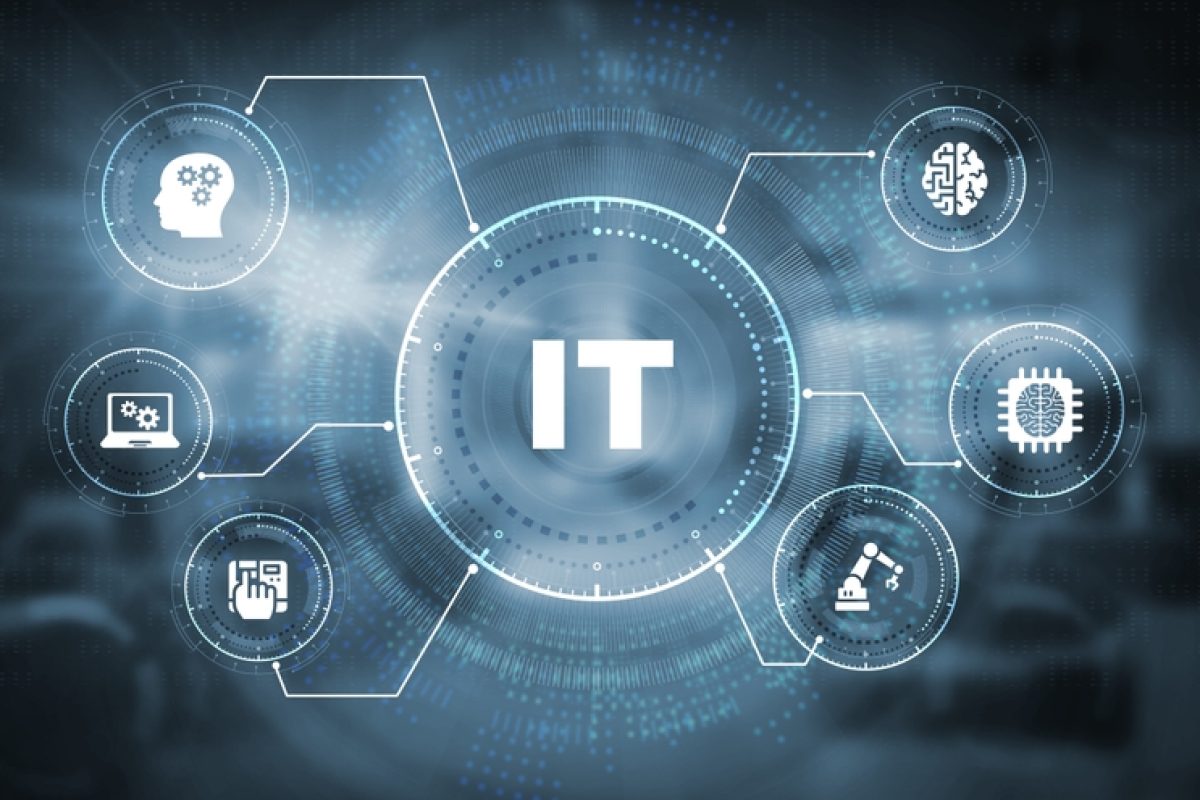What is IoT
IoT stands for the “Internet of Things.” It refers to the network of physical objects, devices, vehicles, buildings, and other items that are embedded with sensors, software, and network connectivity, allowing them to collect and exchange data. The concept of IoT is based on the idea of connecting everyday objects to the internet or other networks to enable them to communicate with each other and with centralized systems.
Key components of IoT include:
Devices and Sensors: These are the physical objects or “things” in the IoT ecosystem. They are equipped with various sensors, such as temperature sensors, motion sensors, cameras, and more, to collect data.
Connectivity: IoT devices use various communication technologies to connect to the internet or other networks. This can include Wi-Fi, cellular networks, Bluetooth, LoRaWAN, or even satellite connections.
Data Processing: The data collected by IoT devices is typically processed and analyzed in the cloud or at the edge (on the device itself) to derive insights and make decisions.
Applications and Services: IoT data is used to create various applications and services that provide value to individuals, businesses, and organizations. These can range from smart home automation and industrial automation to healthcare monitoring and environmental sensing.
Security and Privacy: As IoT devices collect and transmit data, there are significant concerns about security and privacy. Ensuring the protection of data and the security of IoT devices is a critical aspect of IoT development.
IoT has a wide range of applications, including smart homes, smart cities, industrial automation, healthcare, agriculture, transportation, and more. It has the potential to improve efficiency, reduce costs, and enhance the quality of life by enabling better decision-making and automation based on real-time data from the physical world.







